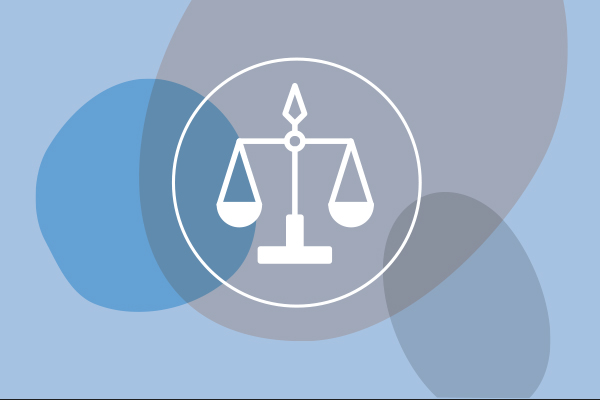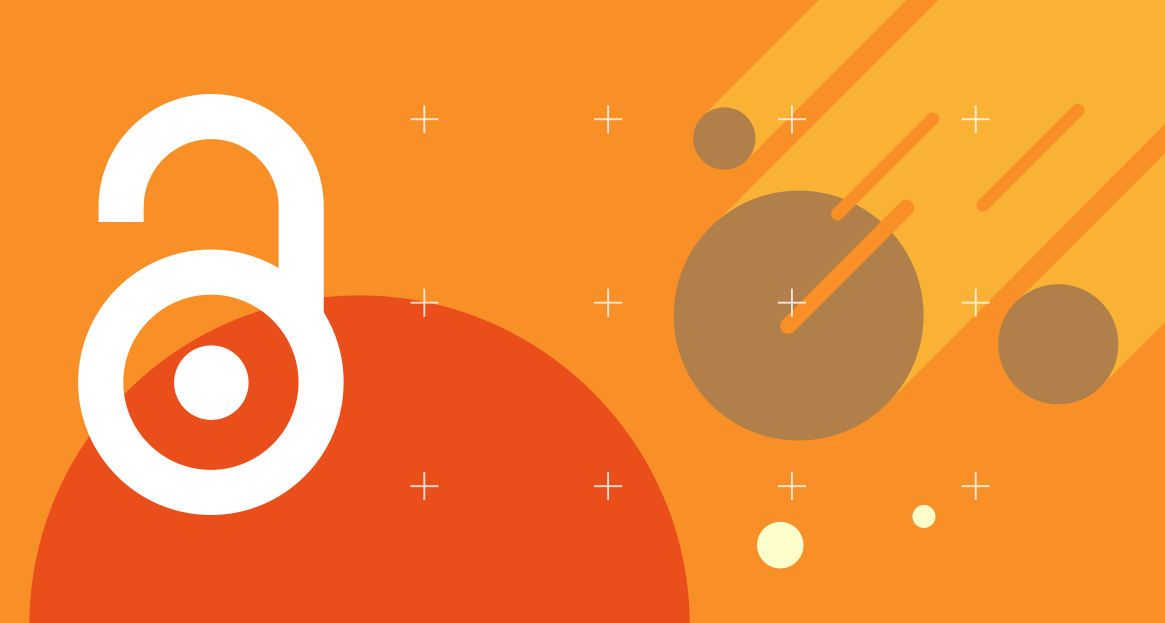For several decades, the AAS has been a leader in the publication of astronomical research. From being in the vanguard of electronic publication, to our early adoption of Green Open Access (consistent with the subsequent requirements of the government), to a number of new initiatives such as data behind the figures and other enhanced publication innovations, we are leaders. Publication of the ApJ and AJ is the largest and, arguably, the most important enterprise of the Society. It is essential that we continue to innovate and to lead.
The last printed AAS journal was produced last month; we are now fully electronic. Yet many of our practices and procedures remain from when all aspects of publication were carried out on paper. In addition, the identities of our two journals have become less distinct over the past several decades. Recognizing these issues, the Society leadership felt it was time for a thorough re—evaluation of our scientific publications.
Over the past year, a Task Force on the Future of our Journals, appointed by the Council, has been working hard on a set of recommendations to enhance the value and utility of the AAS publications. Members of the Task Force included members of the Publications Board and the Council, as well as several other thought leaders in scientific publication including those both inside and outside the Society. The full membership will be available on the AAS website.
The Task Force has recommended a number of changes that we believe will position our journals to remain leaders in our discipline in the coming decades. The AAS Council, which has ultimate responsibility for all AAS publications, has unanimously approved these recommendations, and they will now move to an Transition Team involving the Editors, members of the Publication Board and Executive Office staff as well as our publisher IOP. This Group will work over the next two years on the many details that must be addressed to implement the forward-looking changes outlined below.
The Task Force found that our two titles were valuable brands, but because they have evolved to the point that there is little or no differentiation in content, the identities of the two journals are in need of re-definition; furthermore, their identity as AAS publications needs to be strengthened. To achieve these goals, we plan to take the following actions.
- We will implement a single point of entry for all AAS scientific publications to streamline the submission process for authors.
- A single office will manage all processing functions to increase the reliability and speed with which manuscripts are handled.
- All submitted manuscripts will be sorted into broad topical areas — “corridors” — for editorial action and will be assigned to one of the two journals based on their new content-based definitions.
- We will revise the editorial hierarchy so that there is a single Editor for AAS publications who will supervise Lead Editors for the content “corridors” (e.g., Exoplanets, Cosmology, etc.); these Lead Editors will supervise the current system of Scientific/Associate Editors.
- Several exciting ideas to provide enhanced content and new presentation tools in our publications will be implemented, including such innovations as linking articles directly to data archives, providing for video abstracts, improving figure presentation, making figures interactive, introducing the ability to produce 3-D presentations, etc.; author support will be provided to implement these enhanced graphic capabilities;
- The Letters will no longer have a specific page limit, and will be the venue for publication of high-impact papers from all subject corridors; reflecting this broad mandate and to highlight the Society’s ownership of the journals, it will be renamed “Letters of the AAS”.
- Consistent with the capabilities afforded by fully electronic publishing, the content currently published in the Supplements will be folded into the subject corridors and the Supplements will cease to be a separate publication; the creation of special issues will be done electronically.
- While there are many details that remain to be addressed, it is our expectation that these changes will allow us to continue the trend of recent years and lower further publication charges for authors,
The Council is excited about this process and views it as a major step forward in meeting our Society’s mission to enhance and share humanity’s scientific understanding of the Universe. We look forward to engaging with our members as we make this transition in order to assure that the AAS journals continue to thrive and that they remain the leading publications in our discipline.




